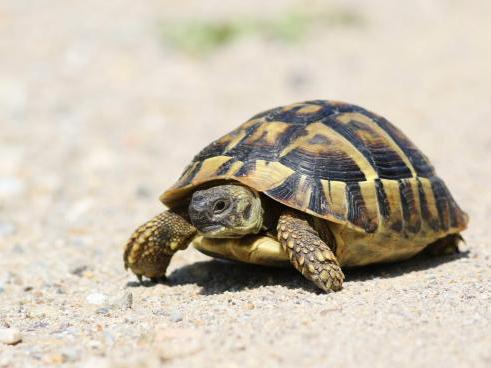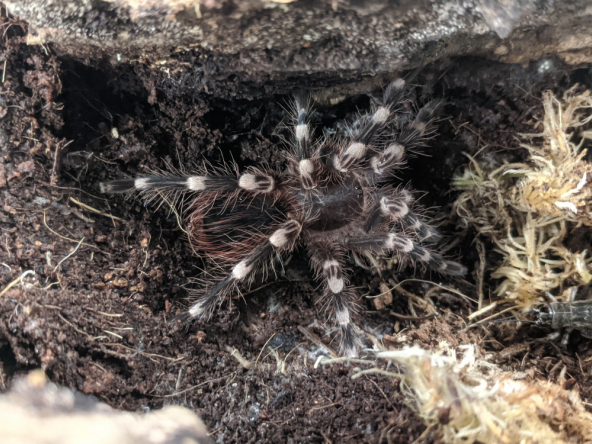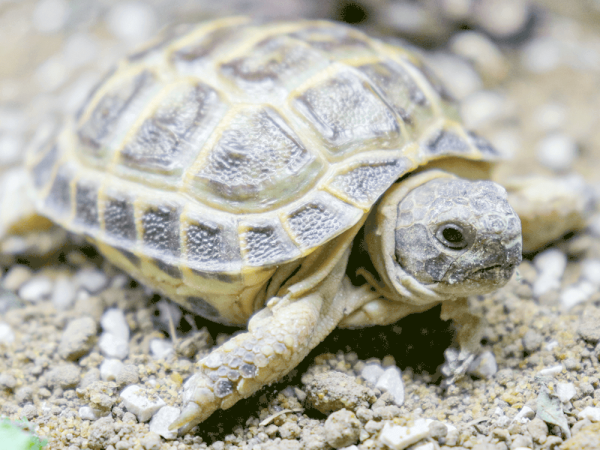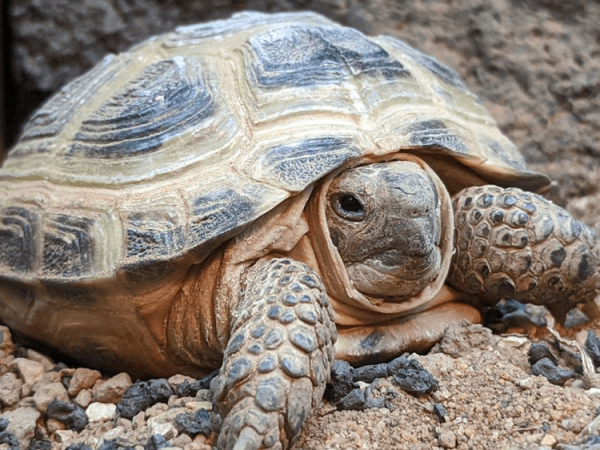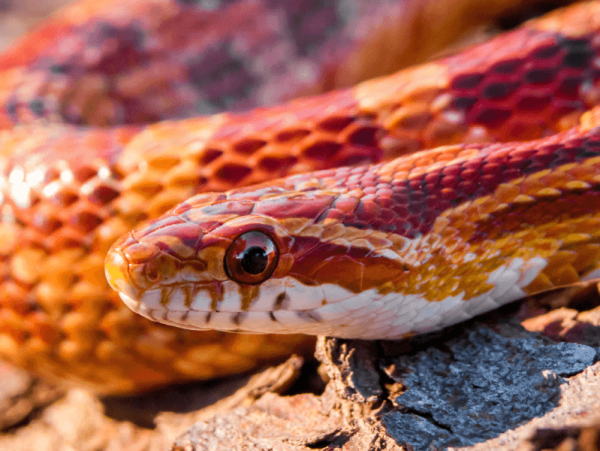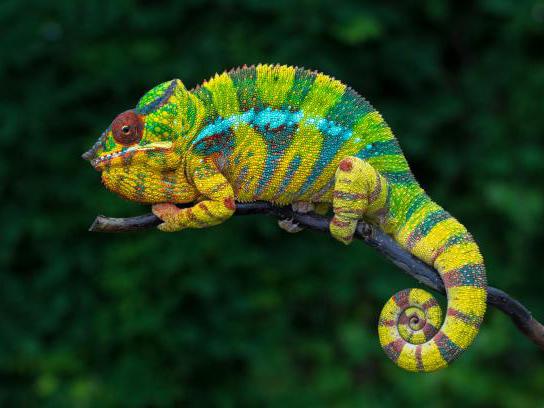European tortoise setups – what equipment do I need and what goes where?
If you are thinking about getting a European breed of tortoise then we have good news! These hard-shelled little friends are some of the easiest reptile pets to look after, and their setup is pretty simple too. Here's how you do it!
Housing a tortoise for health and happiness
The first decision you need to make is to either opt for a vivarium or a tortoise table. Opinion is often divided about which is best, and the correct answer is often down to the state of the room they are to be kept in. This is because tortoises need warmth in order to thermoregulate. For this reason, if your tortoise room is usually cold, a vivarium might be the best option due to its ability to insulate heat better, keeping your tortoise at a higher temperature than the rest of the room.
But if you have plenty of heat running through your home (sufficient to reach temperatures that are optimum for your species of tortoise) then a tortoise table will ensure superb ventilation and easy access for habitat maintenance.
Heating and lighting for tortoises
Especially important for tortoises from hotter climates, extra heating needs to be provided at one end of the vivarium or tortoise table for your tortoise to bask under. This can either be done with a ceramic heater or a basking lamp to provide the warmth they need to metabolise correctly. Heating up one end more than the other means your tortoise can move under the light or out of it depending on how warm they are feeling. But another important factor is UVB lighting.
Tortoises, like most exotic reptiles, require plenty of UVB light in order to generate a sufficient amount of Vitamin D3 to absorb the calcium in their diet. Without it, they are unable to develop the strong bone structure and shell they need to support their body weight and remain healthy. Placing a UV strip light along the top of your vivarium is a great way to do this, or use a compact UV in the middle of your vivarium or suspended over your tortoise table to get the light to every corner. Make sure your UVB bulb provides around 10% UV for health.
You can also help supplement your tortoise's dietary D3 with supplements. Perhaps the ultimate in tortoise heating and lighting is a mercury vapour bulb. These guys kick out plenty of UVB, UVA light as well as heat too! An all in one bulb like this one solves most of your setup issues all in one! Substrates and Extras As long as you have the heating and lighting sorted, as well as somewhere for your tortoise to sleep and hide (tortoise tables tend to have one built-in, whereas for a vivarium a suitably sized reptile hide should be fine), then you have the essentials to keep your tortoise happy.
Some people, especially with young tortoises choose to leave the bottom of their tortoise habitat empty, or simply line it with non-printed paper to make it easier to clean up. However, as they get older, you can use inert substrates, but don't forget to check the best kind of substrate for your tortoise. Most European tortoises need a dryish substrate, as do desert types. Rainforest ones require ones that absorb and then release moisture.




